A mother and son have pointed the finger at one of their relatives they believe responsible for the cold case abduction and suspected murder of 16-year-old Gordana Kotevski.
FOR almost 24 years, no one has known what happened to Gordana Kotevski.
On November 24, 1994, the popular teenager was abducted just steps away from her aunt’s house on Powell Street, Newcastle, NSW. Decades later, her body has never been found and the investigation was deemed a cold case — until now.
During True Crime Australia’s investigation, a woman and her son have come forward, willing to give evidence about a family member they believe is responsible.
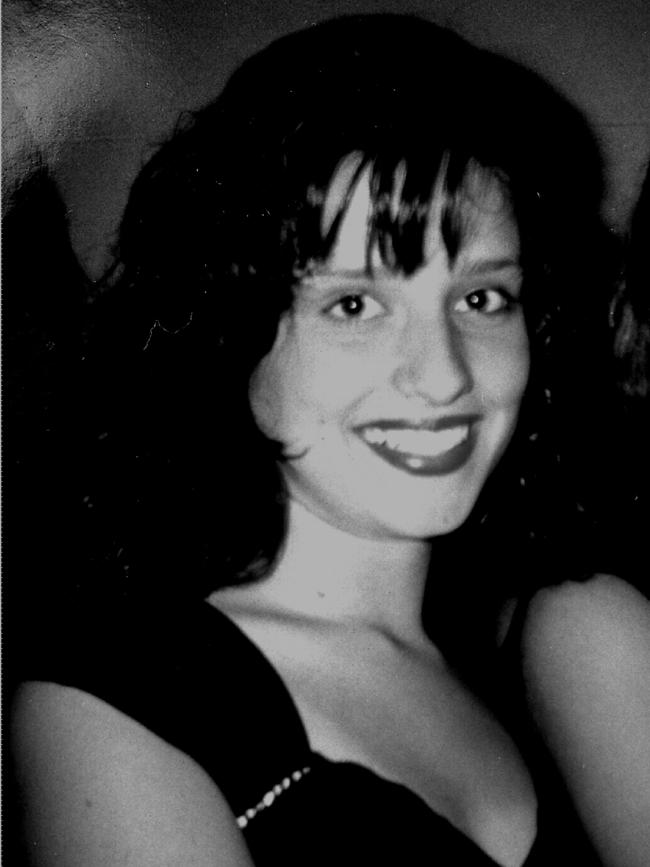
Gordana Kotevski: Serial killer link in teen abductions
The time I ‘saw’ Gordana Kotevski still haunts me
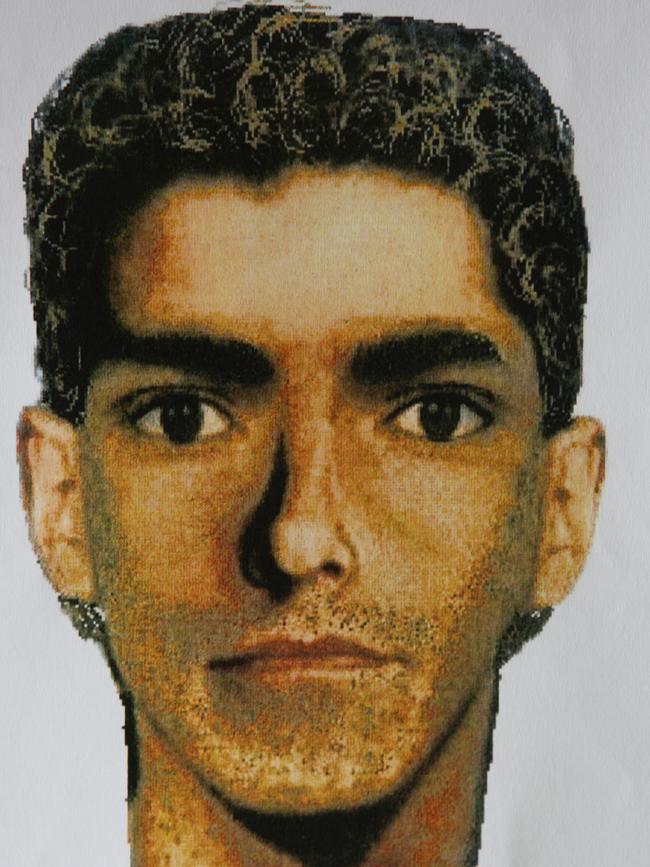
The family, who cannot be named for legal reasons, allege one of their relatives, who molested several children in their family and was known to collect child pornography, spoke often about his desires for Gordana.
They contacted Crime Stoppers with the information roughly a decade ago but were never called back and understand the man has never been interviewed in relation to the case.
According to the informants, the suspect bears a striking resemblance to the Penri sketch released by police.
They also confirm he owned a white ute, similar to the vehicle witnesses watched drive away with Gordana.
“He’s known for getting obsessed with people,” says one female family member.
The woman can still recall the unusual way her relative spoke about Gordana, after she went missing.
“She’s so gorgeous. She’s got this shy smile”, she alleges he said.
The suspect’s relatives also cite Gordana’s strong, “almost identical” resemblance to the alleged sexual predator’s then 17-year-old ex-girlfriend, as more than coincidental, and reveal he was heartbroken when the girl had ended the relationship.
This new information, combined with a commitment from the NSW Police to review every cold case in the Unsolved Homicide division dating back to the early 70s, could mean the longstanding mystery may finally be solved.
A 2003 coronial inquest found Gordana had been murdered, by person or persons unknown. Then, after years lying dormant the Kotevski investigation surged back to life in 2009 when forensic detectives retrieved a fingerprint from the torn shopping bag she left behind.
It was of a good quality and suitable for matching but when the print was run through the National Automated Fingerprint Identification System, no prints were matched.
Every set of prints taken since 1980 is housed within the database but unlike DNA, fingerprints have to be manually matched.
Each day, in NSW alone, 200 new fingerprints are added to the system.
And every evening, the computerised system runs the identified and unidentified fingerprints, including the one from Gordana’s shopping bag, against the new prints from the day.
Any similar fingerprints, which may be in the hundreds, are then spat out of the system and a forensic pathologist manually assesses both sets of prints to see if there is a close enough match.
In Gordana’s case, that means human error, or lack of resources, may mean a match has been overlooked. It also means that each day in NSW there are 200 fresh chances of catching the man or men responsible.
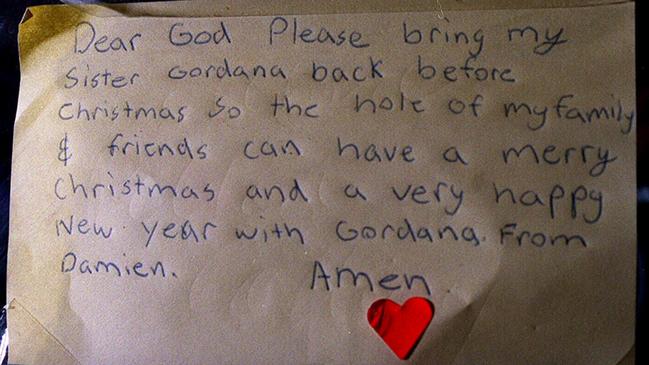
Unending grief
For the Kotevski family, a conviction would mean the end to more than two decades of suffering.
“There’s stages of grief, and when you lose someone you go through them,” says Carolina Kotevski, 45, Gordana’s older sister.
“When there’s grief with no closure you’re always in that grief process — psychologically, emotionally — it’s always hanging over you.”
Gordana’s mother, Peggy Kotevski, 62, still lives in the South Cardiff home where she raised her family, and where Gordana once lived.
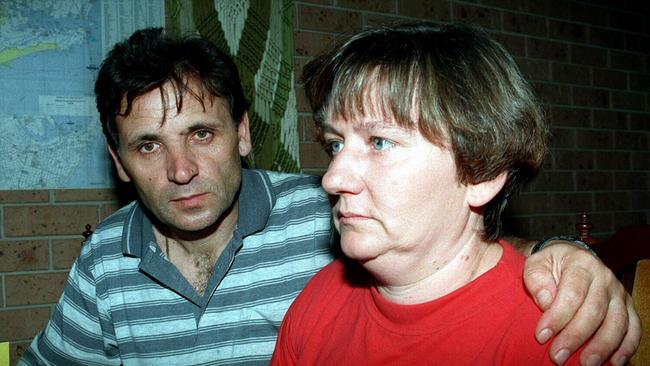
She and Branko Kotevski, 65, have since split — the strain of Gordana’s disappearance wreaking havoc on their once loving home.
“She was a happy child, actually,” says Peggy, looking at a collection of framed photographs of Gordana.
One shows a five-year-old Gordana, dressed in a white lacy dress — a flower girl at a family wedding. Another shows the long-legged teen sitting on the edge of a couch with Carolina, the girls all dressed up for a Macedonian dance.

Like all the Kotevski family, Peggy will never give up hope she will one day find out what happened to her daughter.

“There’s no rhyme or reason to why they took her. And you think: how many monsters are out there?” she says.
She is currently pushing the government to put up a $1 million reward for information.
“While I’m alive I’ll keep pushing and making noise until they do something, until we have an answer,” says Peggy.
“I’m not dead, not yet,” she says with a smile.
The police admit there were several flaws in the original investigation into Gordana’s abduction.
Pieces of evidence went missing or were handed back to the family prematurely, a statement lost from one suspect, and — through no fault of the police — the CCTV footage from Charlestown Square was taped over by the shopping centre.
“Turmoil,” says Peggy Kotevski, when asked to describe those first few days after Gordana was kidnapped.
“I don’t even have a word for it to be honest with you. All of a sudden my world turned upside down and all I can remember now is a lot of people around me, and I was oblivious.
“I was in that much shock. But at the same time you still had to push the police, and retain some kind of normalcy for the other kids.”
Carolina had just celebrated her 22nd birthday when Gordana was taken; little brother Damian was 10, perhaps too young to truly understand the ramifications of his sister’s abduction.
Damian was so traumatised by what happened he refused to speak about it for almost a decade.
In the days, then weeks, that followed the abduction, the Kotevski family’s living room became ground zero of the investigation. For six weeks, 16 detectives were assigned to the case full time and the tight-knit Macedonian community rallied around the distraught family.
Each day a group of civilians would set out in entourages of four-wheel-drive search parties, scouring the Hunter Valley scrub for clues.
Police canvassed the area, interviewing anyone with a Toyota Hilux in a 50km radius, they set up a special hotline for information and dressed up a mannequin in Gordana’s clothes to put at Charlestown Square, hoping it would trigger someone to remember something.

They hypnotised witnesses, praying it may help them recall a numberplate or a better description of the offenders.
But little was gained other than dead ends, and no arrests were made.
Milat connection
Frustrated by the lack of progress in the case, Peggy and her husband Branko established the Gordana Kotevski Trust, uniting with the families of other missing children from the area.
Thanks to pressure from the group, police set up Strike Force Fenwick in 1998 to investigate the disappearances of 10 young people from the Hunter Region, who vanished during a 16-year period.

Backpacker killer Ivan Milat was believed to be a suspect in the disappearances, with police confirming he had lived and worked in the region during the 70s and 80s.
However, meticulous detective work saw Milat ruled out as a suspect.
Former assistant police commissioner, Clive Small, headed up Strike Force Fenwick, and is still plagued by questions raised by Gordana’s disappearance.
Although the 2003 inquest confirmed Gordana had fallen victim to “stalking incidents”, the extent to which the attack was premeditated remains unseen.
“I don’t know if (the offenders) knew her aunty’s place or whether they actually knew her, but what I can’t understand is how they might have known parking in that spot would result in her walking past them. It raises a number of questions,” says Mr Small.
“Having said that, it doesn’t seem practical that two young men would sit in the car in a public street and just wait for some young person to walk past so they could abduct her, just by chance.”
“It’s a genuine mystery to my way of thinking,” says Detective Inspector George Radmore, who worked on the investigation for three years.
“And that’s despite all the evidence we have. Many, many cases like this are solved without the evidence that we have.
“They deserve to find out what happened to their beautiful daughter, sister and niece,” he adds.
But until there is a conviction or someone proves Gordana is truly gone, the family cannot rest.
A father’s quest
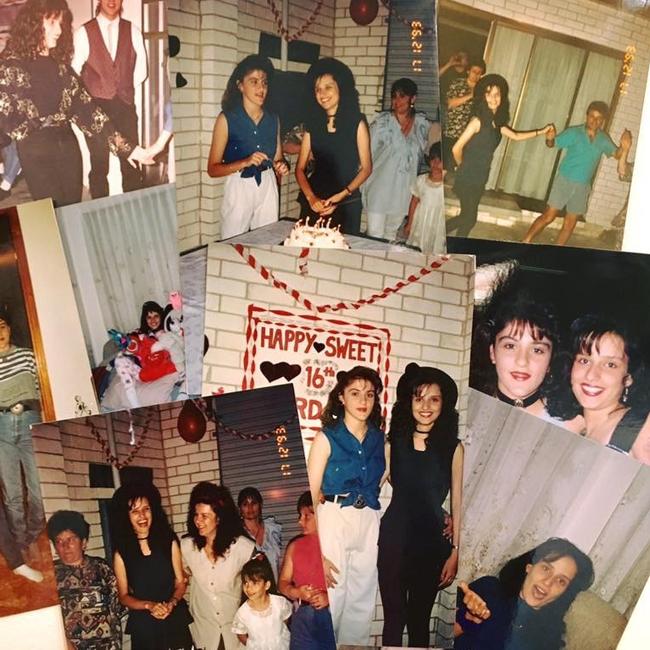
Branko Kotevski never returned to work after his daughter went missing and he’s never stopped looking for her. He’s consulted dozens of psychics, hired private investigators and has personally followed every lead, every sliver of information.
His obsession with the case, leaving Peggy to support the family as the primary breadwinner, created a divide within the household and contributed to the loss of their marriage.
But Branko’s unwavering focus has never shifted.
“I’ll never give up. Never stop searching,” says Branko Kotevski, in broken English.
“I don’t care how long it takes. I’ll find my daughter and who do this,” he says.
Every year, on 29 December, Gordana’s friends and family get together to celebrate her birthday.
Last year, for her 40th, Belinda Miljkovic made a chocolate mud cake with 40 candles and gathered her family around to sing to her long-lost best friend.
To a certain extent, life has had to move on, but photographs of the missing teen hold dear memories of the vivacious young girl, known for her smile and boundless positivity.
“There’s always hope,” says Peggy, who still has Gordana’s clothes folded in the cupboard.
“I don’t think I’ll ever lose hope really. Best case scenario is she’ll come home … but that will be a miracle.”

Elite squad to track elusive murderer and cold case fugitive
It’s been almost a year since a confirmed sighting of one of Queensland’s most wanted men, cold case fugitive and convicted murderer Keith Lees, and police are stepping up the hunt.
‘Last ray of hope’ snuffed out with no charges over crayfish farm shooting
The family of a young scientist shot dead while working at a crayfish farm say they lost their “last ray of hope” after an inquest failed to result in charges against two people named by a coroner.